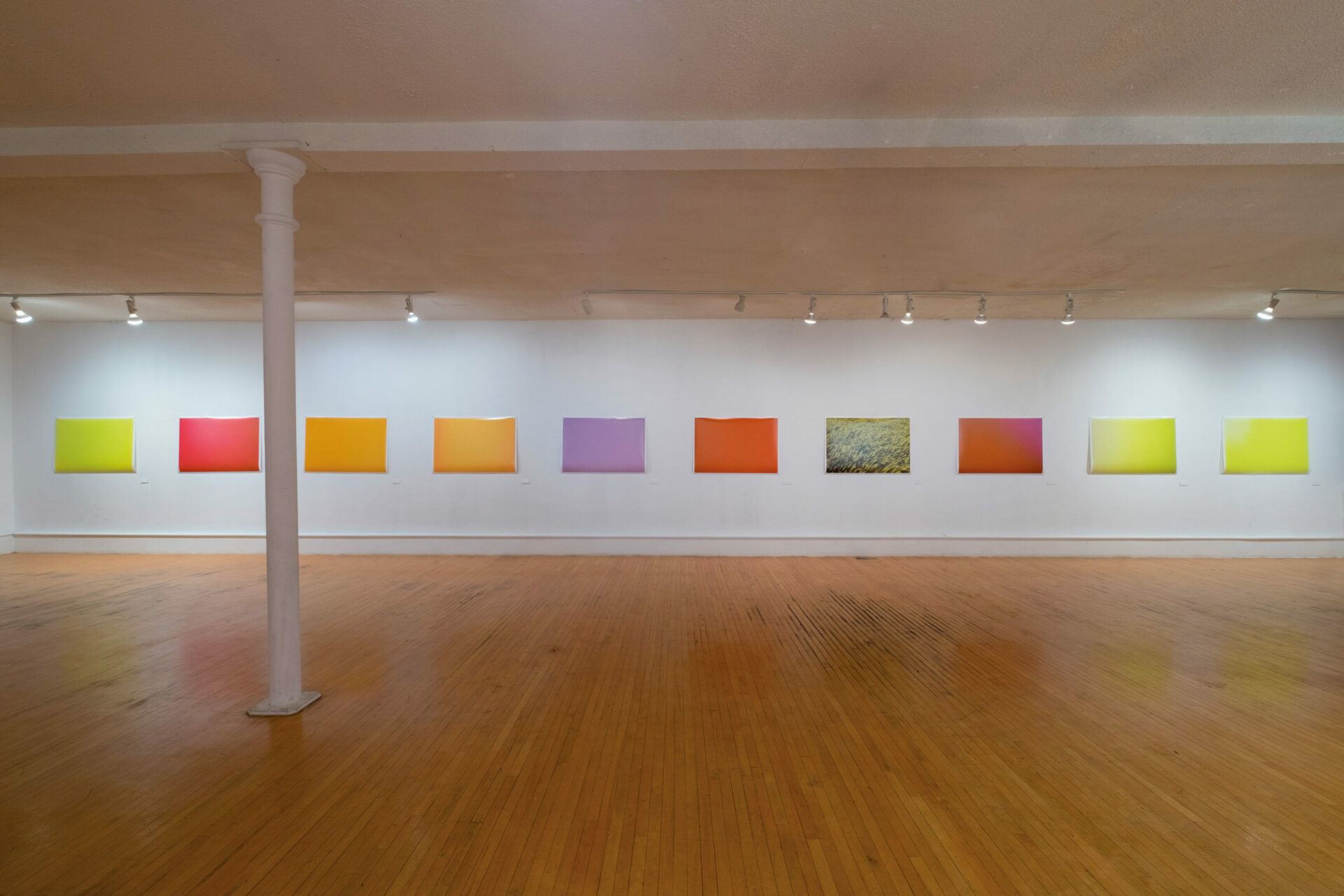
Photo : © Blaise Adilon
The Library of 2114
With their diverse architectural designs, programming, and educational practices, libraries tend to pull together increasingly decentralized networks and systems and create not only a place in which these technologies find a home — a place where they can be contained — but a newly important semi-public space in which citizens may encounter public knowledge and contested understandings of a common culture. Thus, the contemporary library has been repurposed as a space that mediates human communication in a variety of forms that depart significantly from the “traditional” practice of reading a book. It is not only a space of reading, research, and access to information, but also a site for engineering social encounters. We are constantly tempted to ask the same questions about the future of the library: will it remain an archive of knowledge or will it follow a path of care for individuals? When it meets its end, what will the library look like as an institution? Perhaps these teleological questions are the wrong ones to be asking. Libraries, like books and reading, do not necessarily need to be understood as evolving down a path that will lead them to their inevitable end once they have served their purpose. Instead, they may be seen as ongoing processes of social mediation. In other words, rather than asking what the future of the library might be, we may be better off asking how we can begin to talk about the library as an institution today.



